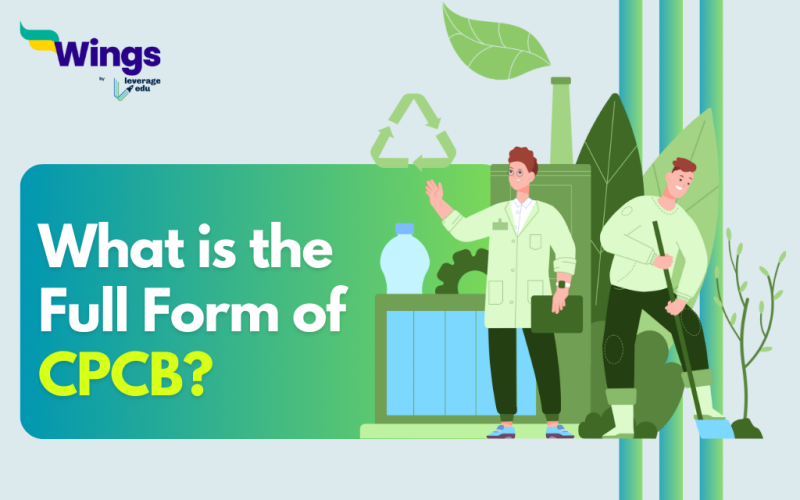The full form of CPCB is the Central Pollution Control Board. Under the GOI, Ministry of Environment, Forests and Climate Change the CPCB is a statutory organization formed half a decade ago on the 22nd of September, 1974. It was established under the Water Act of 1974 and in 1981, under the Air Act, was given its power and functions. Furthermore, the CPCB looks after water pollution and air pollution and conducts research and assessments with ways to mitigate them. Currently, the Chairman of CPCB is Shri Tanmay Kumar since August 2021.
What are the Aims of CPCB?
Table of Contents [show]
The Aims of CPCB are as follows:
- Air Quality Monitoring: The National Air Monitoring Programme (NAMP) is key in evaluating current air quality conditions, regulating pollution from diverse sources, and ensuring compliance with air quality standards. Moreover, it also provides data for industrial siting and urban planning. Additionally, the CPCB operates an automated monitoring station at the ITO Intersection in New Delhi that tracks various air pollutants and releases weekly updates on the air quality status.
- Water Quality Monitoring: In India, many rivers are dependent on seasonal monsoon rains and run dry for most of the year moreover by carrying wastewater discharges it jeopardizes water quality. Furthermore, to address concerns the GOI enacted the Water Act in 1974. The act aims to maintain and restore water bodies. The CPCB is tasked with collecting, collating, and disseminating technical and statistical data on water pollution, thus making Water Quality Monitoring (WQM) and Surveillance crucial for safeguarding water resources.
Also Read: What is the Full Form of AQI?
What are the Functions of CPCB?
Furthermore, the principle functions of CPCB according to the Water Act of 1974 and the Air Act of 1981, are as follows:
- To enhance the purity of streams and wells across various regions of the states through the prevention, control, and reduction of water pollution.
- Additionally, to enhance air quality and mitigate air pollution nationwide through prevention and control measures.
There are some other general functions too:
- Advise the Central Government on water and air pollution prevention.
- Coordinate and resolve disputes among State Boards.
- Provide technical assistance and research pollution issues.
- Plan and conduct training programs for pollution control.
- Implement mass awareness programs through mass media.
- Compile and publish technical data on pollution measures.
- Develop manuals and guidelines for pollution treatment.
- Disseminate information on pollution prevention.
- Establish, modify, or revoke pollution standards in consultation with State Governments.
Also Read: What is Ecotechnology?
Components tracked by the CPCB
The CPCB also manages the National Air Quality Monitoring Programme (NAMP) to evaluate the current air quality levels and to monitor and regulate emissions from industrial and other related sources, aiming to maintain air quality standards.
The CPCB operates an automated intersection control centre in New Delhi at ITO, which continuously monitors various air pollutants like –
- carbon monoxide (CO),
- ozone (O3),
- sulfur dioxide (SO2),
- suspended particulate matter (SPM), and more.
Popular Full Forms
We hope this blog has helped you understand the full form of CPCB and everything related to it. If you want to know more, find the general full forms list on our blog. In the world of short forms, you can rely on the Leverage edu page to know about more full forms like this! Connect with us study abroad experts to achieve your international dream today!
 One app for all your study abroad needs
One app for all your study abroad needs















 45,000+ students trusted us with their dreams. Take the first step today!
45,000+ students trusted us with their dreams. Take the first step today!
